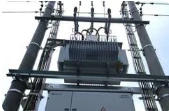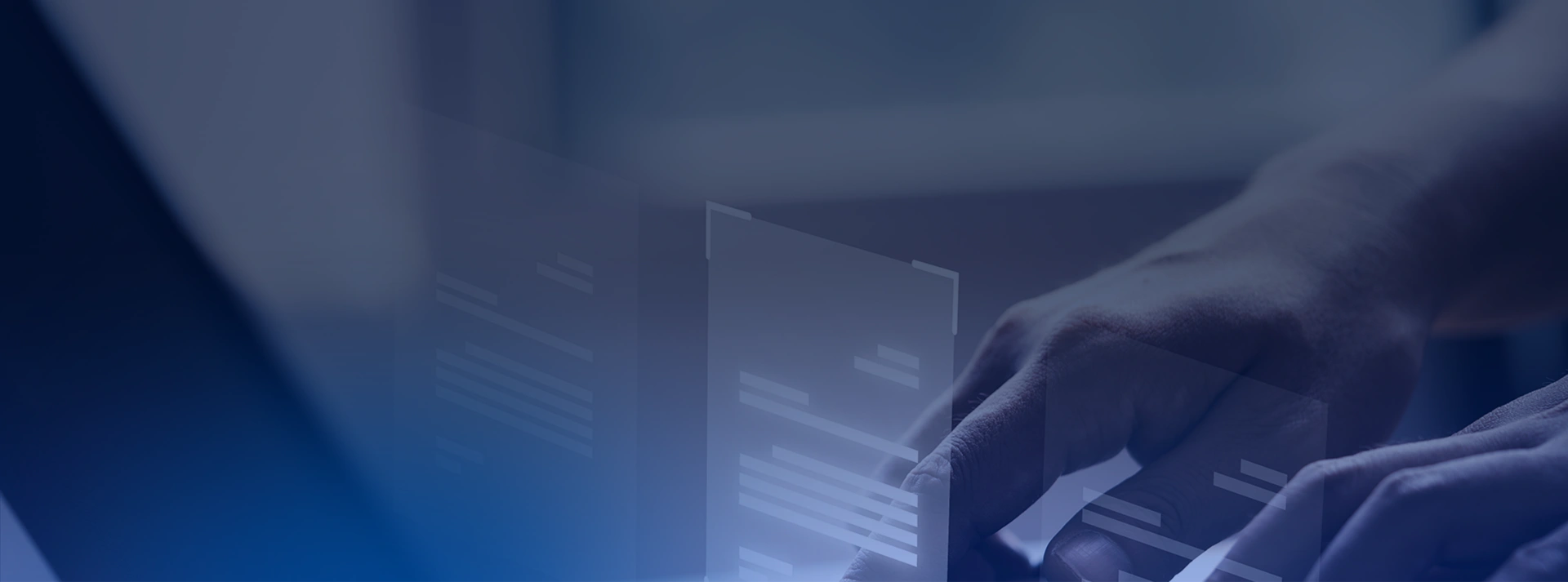Customs clearance process for electrical equipment
Electrical equipment customs clearance process mainly includes the following steps:
1. Pre-preparation: Before the import declaration and customs clearance of electrical equipment, the importer needs to carry out adequate pre-preparation work. This includes understanding the relevant laws and regulations, policy provisions and customs requirements to ensure that the import activities in line with national laws and regulations. At the same time, importers also need to import electrical equipment for a detailed understanding of the technical parameters of the equipment, performance characteristics, uses, etc., in order to provide accurate information in the subsequent customs clearance process. In addition, the importer also needs to choose the right customs broker or customs broker to act as a customs broker to ensure that the customs declaration work of professionalism and efficiency.
2. Preparation of customs documents: the preparation of customs documents is an important part of the process of import customs clearance of electrical equipment. Importers need to prepare complete and accurate customs documents according to the requirements of the Customs. These documents usually include import contracts, invoices, packing lists, bills of lading, certificates of origin, health and quarantine certificates, quality inspection certificates, import licenses (if required), import approvals (if required) and so on. In the preparation of these documents, importers need to pay special attention to the authenticity and completeness of the documents, to avoid delays or failures in customs clearance due to documentation problems.

3. Customs audit: Customs audit is the core link in the process of import customs clearance of electrical equipment. Customs department will be submitted to the importer of customs documents for detailed audit, including the authenticity of the documents, integrity and the actual situation of the goods. During the audit process, the customs department may require the importer to provide additional supporting materials or conduct on-site inspection. Therefore, importers need to actively cooperate with the Customs department in the audit and provide the required materials and information in a timely manner. At the same time, the importer also needs to pay attention to the progress and results of the Customs Department's audit, in order to keep abreast of the customs clearance of goods.
4. Inspection and quarantine: inspection and quarantine is another important link in the process of import customs clearance of electrical equipment. According to national laws and regulations, the import of electrical equipment need to accept the inspection and quarantine departments of inspection and quarantine. Inspection and quarantine departments will check the quality, safety, health and other aspects of the goods to ensure that the goods meet the relevant national standards and requirements. During the inspection and quarantine process, importers need to provide necessary samples and information and cooperate with the inspection and quarantine department. If there are problems or unqualified goods, the importer needs to handle and rectify the situation according to the requirements of the inspection and quarantine department.
5. Subsequent processing: After completing the customs audit and inspection and quarantine, the importer needs to carry out some subsequent processing work. This includes the payment of customs duties, VAT and other taxes and fees, handling the pick-up procedures for the goods, as well as transporting the goods to the designated location, and so on.
The above is the basic process of customs clearance for electrical equipment. Please note that the specific process may vary according to the relevant regulations of different countries and regions.








